The Advantages Of A CT Coronary Angiogram
Dr. Paddy Barrett
AUGUST 1, 2023
CT Coronary Artery Calcium Score Scan CT Coronary Artery Calcium Score CT Coronary Angiogram As you can see from the above images, the CTCA provides far more anatomical detail. Regardless, if you present with chest pain and get a stress test instead of a CTCA, you are arguably getting an inferior test.


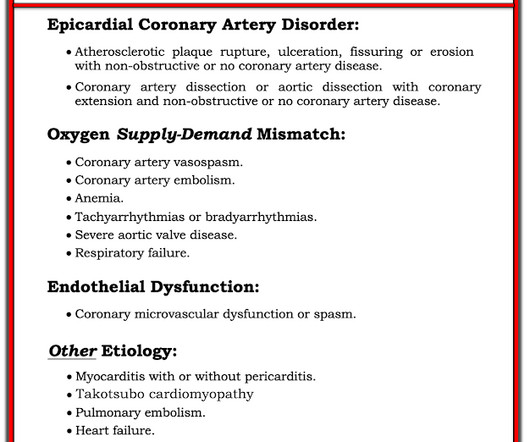
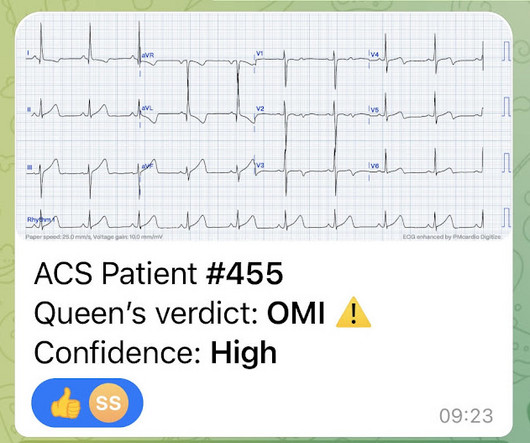
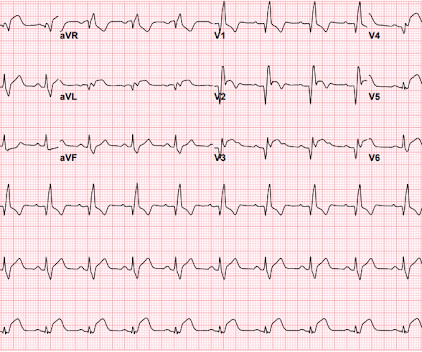

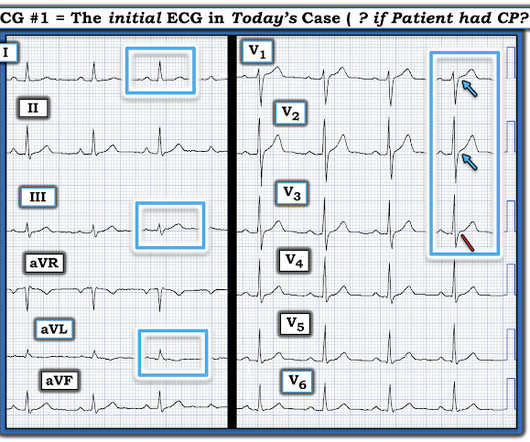

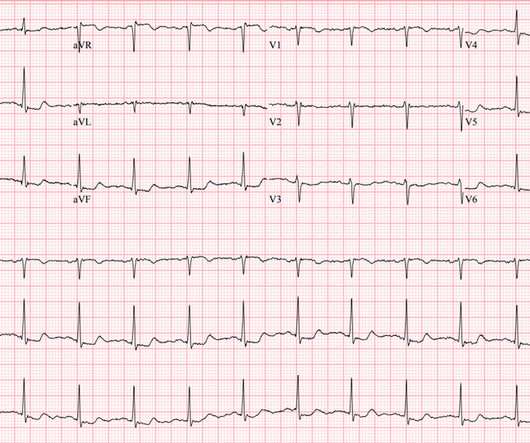

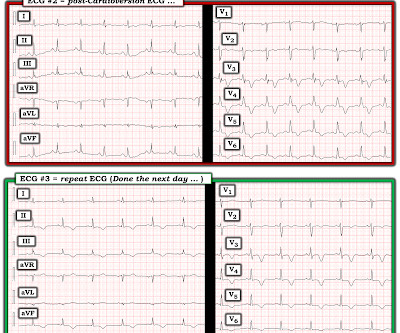
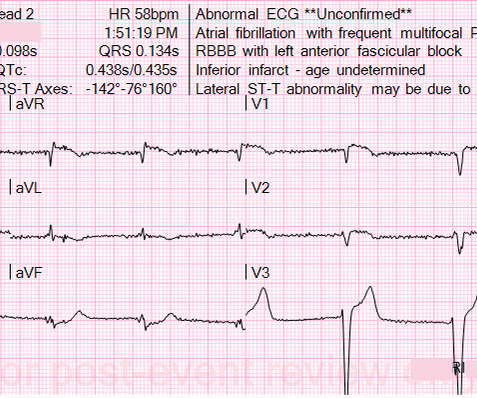







Let's personalize your content